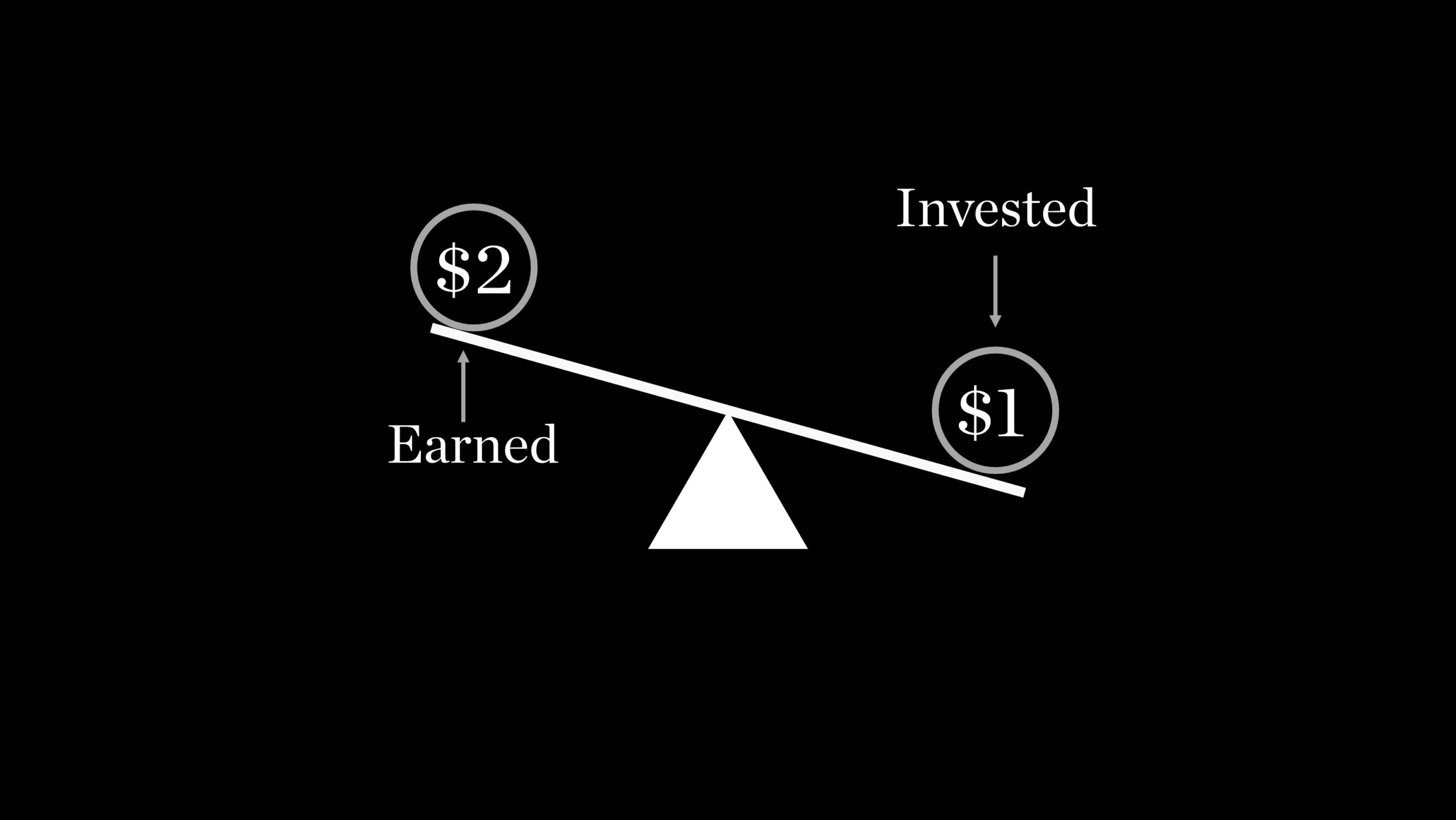Article last updated on May 2, 2022
In order to maximize your eCommerce ROAS, you need to understand what makes a good return on ad spend. This will help you determine where you should focus your advertising budget.
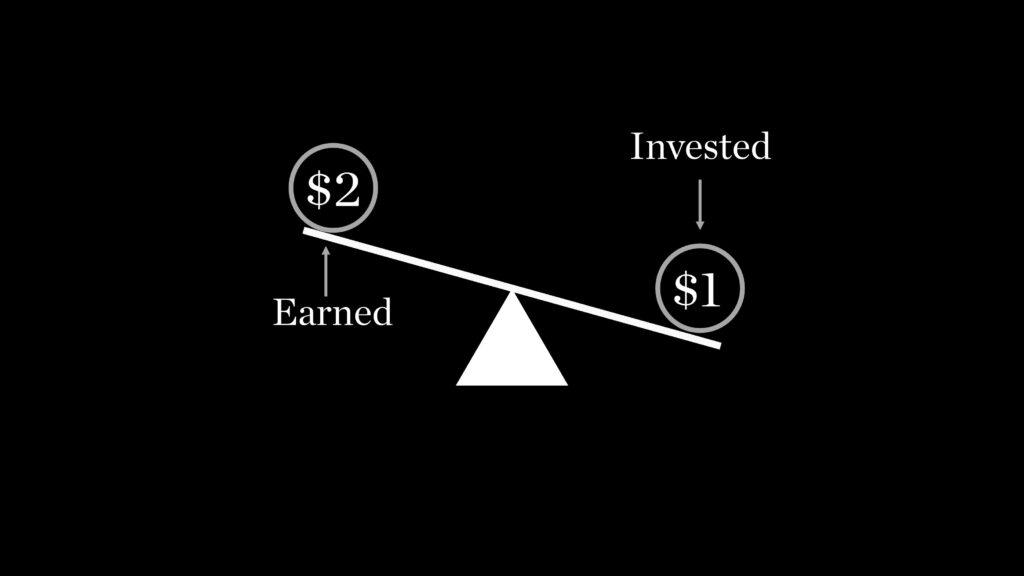
These are the latest results from personal findings and data collected by working with clients who have eCommerce businesses and have been optimizing their eCommerce for better ROAS over the last few years.
In this post, I’ll explain what a good ROAS is, why it matters, and how to calculate it.
Then I’ll go over little-known factors that affect eCommerce ROAS, which are not your typical marketing factors like ad creative, target audience, etc.
All in all, this information will help you decide whether or not you should continue with your current ad strategy or try something new.
Defining Good ROAS In eCommerce
The ratio between the amount of money spent on advertising and the revenue generated from that spending is known as return on ad spend (ROAS). It’s a key metric used to determine whether or not your online ads are effective.
A good ROAS means your ad spend generates more than enough revenue to cover its cost. If you’re getting less than that, then your ad spend isn’t generating the results you want.
So, what is a good ROAS for eCommerce? If you have a ROAS that is positive and you can cover all your expenses, then that would be a good ROAS. Everything over 20% would be considered a good ROAS.
Let me expand a bit here.
If you’re running an eCommerce business, you probably have some kind of goal for your business.
Maybe you want to sell $1 million worth of products per month. Whatever your goals may be, you need to know if your ad spend is helping you achieve them.
You also need to know if your ROAS is improving over time so you can keep increasing your ROAS.
Let’s look at an example of an eCommerce business that has a great ROAS.
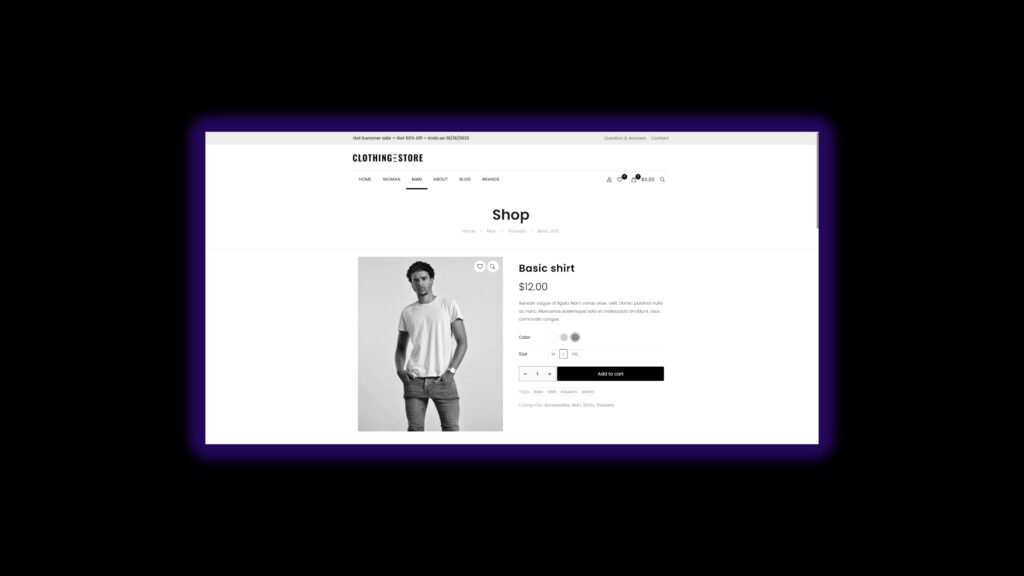
This client sells t-shirts. They’ve been around since 2016 and have had great success selling their shirts through Facebook.
Their average order value is $40, and the amount they spend to acquire a new customer is $30.
Since Facebook ad costs started to go up, they reached out and wanted a strategy to rekindle the growth. After having the strategy, they have focused more on increasing the value of existing customers and have moved to content marketing to bring them more traffic.
When they got more traffic, they had more organic sales but also a potential for retargeting.
Because retargeting is cheaper and easier to convert those people, they managed to improve ROAS once again.
Now, their CAC (cost to acquire a customer) is around $13, but their average order value has increased from $40 to $60 because they are retargeting customers who were aware of their brand.
Why Is ROAS Vital For eCommerce Stores
For eCommerce sites, ROAS is especially important because it helps determine whether or not a campaign was successful.
In other words, if you’re spending $100 per day on ads and you generate just $10 worth of sales, then you’d have a negative ROAS.
However, if you were able to generate $50 worth of sales for every dollar you spent, then you would have a positive ROAS.
This is why it’s so important to measure ROAS accurately.
The higher the ROAS, the more efficient your advertising campaign has been.
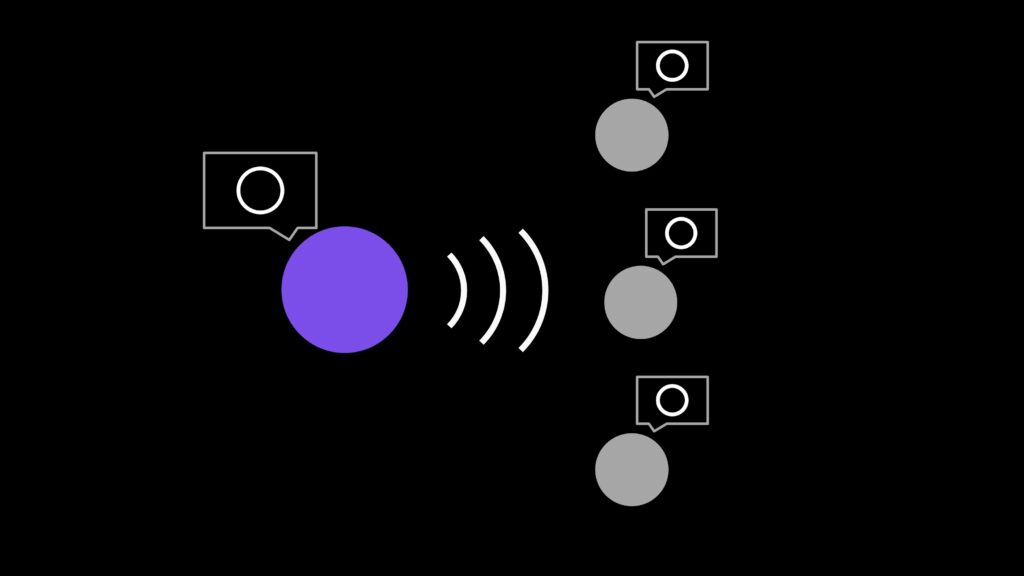
As long as you’re tracking your ROAS correctly, you’ll know exactly how much money you’ve wasted on ineffective advertising campaigns.
Some people spend time focusing on ROI or CLV, but if you are already spending money on ads, it is important to have an equal understanding of all metrics.
What is more important, ROAS or ROI?
ROI is a good way to compare different advertising campaigns, but it doesn’t give us enough information to know if a specific ad worked.
To determine how well an ad performed, we must consider both ROI and conversion rates.
However, there is no definitive answer to this question as it depends on the individual business and what their goals are. However, both return on ad spend (ROAS) and return on investment (ROI) are important metrics to track.
As you already know, ROAS measures the profitability of your advertising campaigns, specifically in relation to the amount of money you spend on ads. A high ROAS means that your campaigns are efficient and generate a good return.
ROI, on the other hand, measures the overall profitability of your business. It takes into account not just your advertising campaigns, but also factors like product costs, overhead, and employee salaries.
But the most important metric is customer lifetime value, which is built over time, but knowing your return on ad spend or return on investment is important too.
ROAS Calculation For eCommerce
In ecommerce, ROAS is calculated by dividing the total sales generated by the total cost of the campaign.
For example, if you spend $1,000 on advertising and generate $2,000 in sales, your ROAS would be 2x.
To calculate ROAS, divide the total sales generated by the total cost of the campaign (i.e., $2,000/$1,000).
There are two main ways to measure ROAS:
- Cost per acquisition (CPA): The average cost of acquiring each customer. CPA is usually measured over a specific period of time, such as 30 days.
- Average order value (AOV): The average dollar amount of each sale. AOV is usually measured over a specified period of time, such as a month.
For both metrics, you can calculate ROAS by dividing the total sales by the total cost.
So, for example, if you spend a total of $10,000 on advertising and sell $20,000 worth of products, your ROAS would equal 2X.
The best way to calculate ROAS is to track the performance of individual campaigns over time.
Once you have data for several months, you can create a spreadsheet that shows the number of customers acquired, the total cost of the campaigns, and the resulting ROAS.
Once you’ve got the data, you can compare different campaigns and choose the ones with the highest ROAS. Then, you can adjust your strategy accordingly.
How to calculate break-even ROAS?
To figure out if your ads are paying off, you need to consider two factors:
1. How much money do you spend on each campaign?
2. The ROI of each campaign.
In order to calculate the ROI of your ads, you need to know how much you spend per click and how much revenue you generate from each click.
Once you have these figures, you can then calculate the average cost per conversion.
This calculation will give you a rough idea of how much you need to spend to achieve a certain level of success.
For example, if you spend $1.50 per click and convert 10% of visitors into customers, you would need to spend $15 to reach break-even.
But don’t forget, this doesn’t account for other costs associated with running an online store, such as shipping fees.
So, how do you know if your ads are working? One way is to look at your analytics data. If you’re seeing more visits than purchases, you might want to reevaluate your strategy.
Another way to tell if your ads are working is to compare your sales over time. If you notice a sudden spike in sales after launching new ads, you might want to rethink your strategy.
It’s also possible that your ads aren’t working because you’re targeting the wrong demographic. If you’re trying to sell products to women, you might want to try focusing on men instead.
How to calculate the profit margin percentage for a single product?
There are many ways to calculate profit margin for a single product; this one is easy to calculate.
To calculate manually, subtract the cost of goods sold (COGS) from the net sales (gross revenues minus returns, allowances, and discounts).
Then divide this figure by net sales to calculate the gross profit margin as a percentage.
Step 1: X (Net sales) – Y (COGS) = Z
Step 2: Z / X (Net sales) = % Gross profit margin
How to calculate the profit margin percentage for multiple products?
If you’re selling multiple products, the formula is similar to that of a single product.
You just need to add up all the COGS for all the products and subtract them from the total net sales.
Then, divide the result by the total net sales to get the overall gross profit margin.
What is a good ROAS for Facebook ads?
It depends on the type of product or service you sell, the number of impressions you’re getting, and the cost of each click.
Some businesses see great success by spending just a few dollars per day. Others see much greater success by spending hundreds of dollars per day. In general, though, a good ROAS for Facebook advertising is over 20%.
What is a good ROAS for Google Ads?
There’s no general answer, but a good return on ad spend (ROAS) is one that exceeds the cost of acquiring a customer.
It’s important to note that ROAS doesn’t include any costs associated with running your ads, such as paying for hosting, bandwidth, a person doing the ads for you, etc.
If you’re getting a high ROAS, you’re probably seeing a lot of conversions coming through your ads.
This means that you’re generating a lot of leads, which is great news for your business. You can use these figures to compare different types of ads, including PPC, display, mobile, video, etc.
You can also use them to see which channels are working best for your business.
Little-Known Factors That Affect eCommerce ROAS
There are many factors that affect eCommerce ROAS. I will not talk about common factors such as ad budget, ad placement, ad creative, etc.
But there are some factors that are unique to eCommerce.
Shipping time
Shipping time is a factor that affects your eCommerce ROAS. Customers usually expect fast shipping times.
The longer shipping takes, the lower ROAS becomes.
The best way to avoid this problem is to make sure that you offer fast shipping options.
Also, consider offering free shipping on orders over $100. Free shipping is a great way to encourage repeat purchases.
When you offer free shipping, you can reduce your average order value per transaction. However, you’ll still make money on each transaction.
Also, ensure that you provide tracking information so that customers can track their shipments.
Customer service
Customer service should be a top priority.
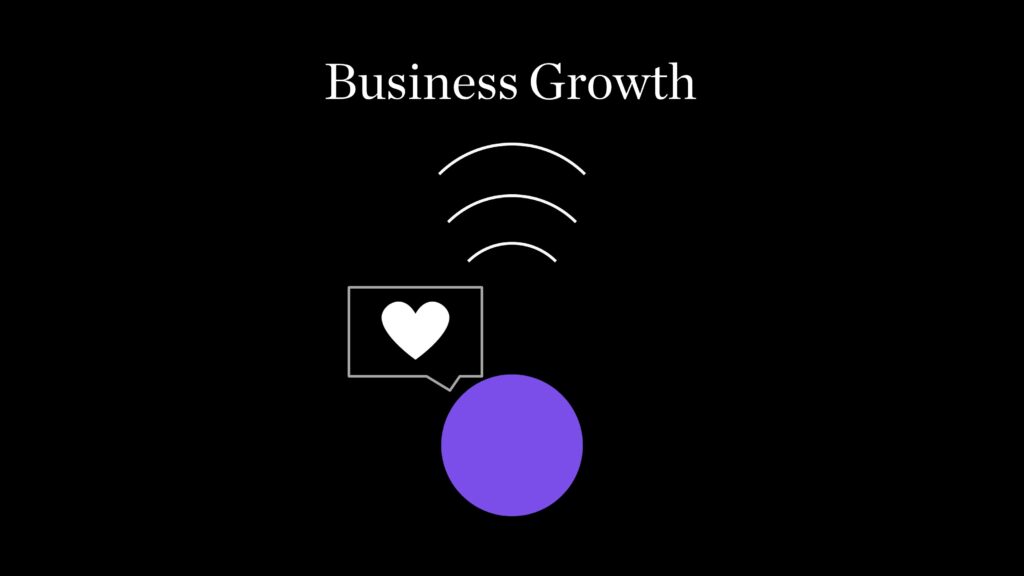
Customers expect great service when shopping online. They’re used to getting fast answers to questions and quick delivery of items.
If you’re not providing this level of service, you’re going to lose sales. So invest in a dedicated support team who can answer questions quickly and efficiently.
Poor customer service can lead to unhappy customers, which will cause them to leave negative reviews about your company. These negative reviews will damage your reputation and negatively impact your eCommerce ROAS.
Customer service is not just about treating people well; it’s also about making money. And that means we need to be smart about how we spend our advertising dollars.
Product quality
Quality is everything when it comes to selling online. Your product must be of the highest quality possible. Otherwise, no matter how great your advertising campaign is, you won’t sell any products.
Even if you sell low-quality products, customers may leave negative reviews about your brand.
This will decrease your sales and negatively impact your eCommerce ROAS. Therefore, it is very important to ensure that your products are of high quality.
If you’re not sure whether or not your products are of high enough quality, here’s a checklist for you:
- Does your product have a warranty? If so, does it cover all parts and functions of the product?
- Do you offer customer service? This includes phone support, live chat, and email support.
- Are there any hidden costs involved with buying your products?
- What kind of returns do you allow?
- Do you offer refunds?
Pricing strategy
It’s no secret that customers expect to pay less for products, services, and experiences.
As a result, businesses must adapt their pricing models to meet these expectations.
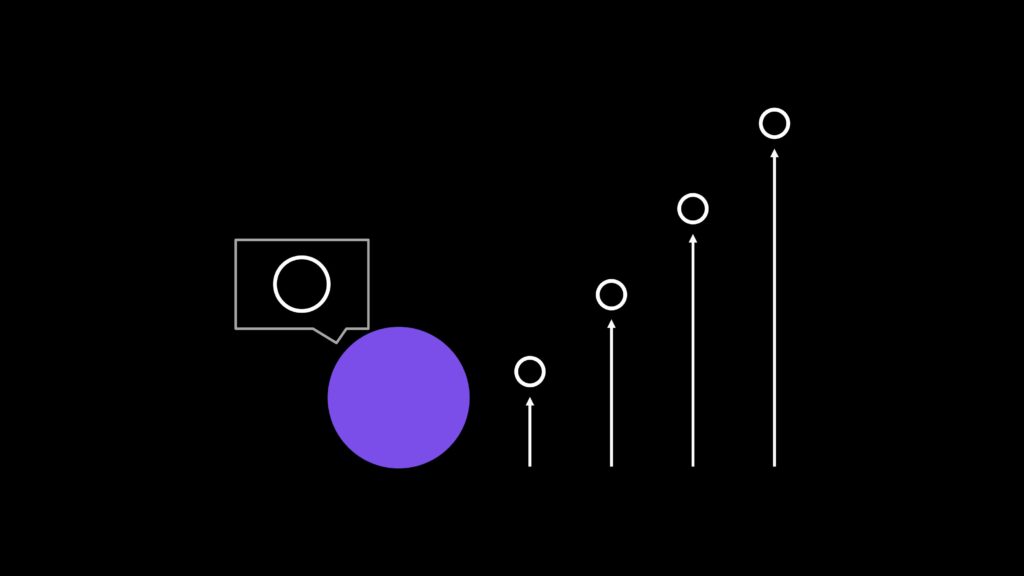
One thing that many business owners forget is that price is one factor that affects return on ad spend (ROAS).
When you want to improve your pricing strategy, you’ll need to think about these three things:
- Customer Demand: The most obvious factor affecting pricing strategy is customer demand. When demand is low, you might decide to raise prices to attract more customers. Conversely, when demand is high, you might decide to cut prices to avoid losing money.
- Competition: Another factor that affects pricing strategy is competition. If there are other businesses selling similar products or services, you might decide to match their prices to stay competitive.
- Market Conditions: Finally, pricing strategy is affected by market conditions. For example, if the economy is doing poorly, you might decide to hold off on raising prices until the economy improves.
In addition to these three variables, there are several ways to approach a pricing strategy.
One option is to simply look at historical data and base future pricing decisions on past performance.
Another option is to use a formula that takes into account multiple variables.
Yet another option is to use a combination of both approaches.
Whatever method you choose, it’s important to remember that pricing strategy is just one piece of the puzzle to improve your ROAS.
Website design
Your website design is just as important as your ads.
It’s the first thing that visitors see when they land on your site, and it needs to reflect your brand identity.
When you look at other sites, you can tell whether they were designed by professionals or amateurs.
Make sure that your website looks professional and has a clean layout. Avoid having too many distracting elements on the page, including ads, sidebars, and popups.

Colors and fonts should be consistent throughout your site. You don’t want visitors to get confused by different colors or fonts on each page.
You also need to make sure that your site loads quickly. Visitors shouldn’t have to wait for long periods of time before being able to view your content.
Brand awareness
Brand awareness is an important part of the growth of the entire business, therefore it is important to improve your ROAS.
It helps customers understand who you are and what you offer, and it gives them confidence in your products and services.

To build brand awareness, you need to create a strong online presence, not only with ads.
It’s important to remember that advertising doesn’t always work.
For example, if you advertise on Facebook, you might attract lots of likes, but if no one visits your website or buys from you, you haven’t really accomplished anything.
Instead of relying solely on advertising, try other methods to boost brand awareness.
Personally, I think content marketing is the best way to do this because it involves creating useful articles and blog posts about topics related to your customer’s interests.
Conclusion
Knowing what a good ROAS is for eCommerce is essential to growing your business with ads.
If you’re struggling to figure out which metrics to focus on, start by looking at your overall business goals.
Once you have those in mind, you’ll know exactly where to focus your efforts to improve your ROAS and ultimately grow your business.
Your advertising costs should not be the only thing you worry about.
With the right strategies, you can actually turn your ads into a profit center instead of a drain on your budget.
To conclude, here are a few things to take into consideration to get a good ROAS.
- Your marketing efforts should not be focused only on ads.
- Have a target ROAS for each campaign.
- Retargeting campaigns can increase click-through rate and return on advertising spend.
- Potential customers want to buy from companies that provide great value.
- Customer acquisition costs will go down as your organic traffic grows.
- Your marketing expense per conversion will decrease as your conversions increase.
- Lower your bounce rate by having a congruent flow from ad to website and then having a great looking website.
- Focus on building trust and credibility with your audience through quality content.
- Whenever in doubt of the actual cost of ROAS, look at annual growth rate as your guide.


